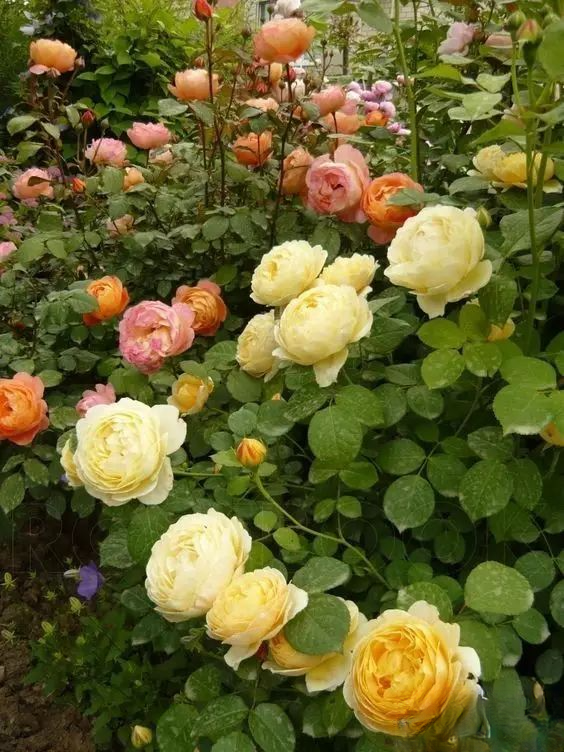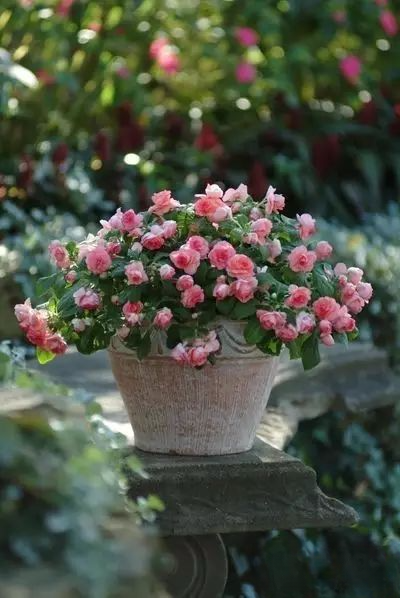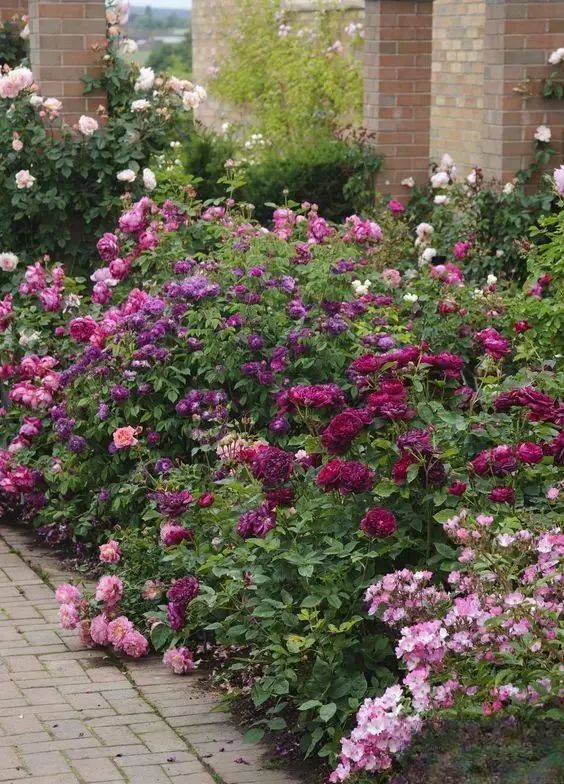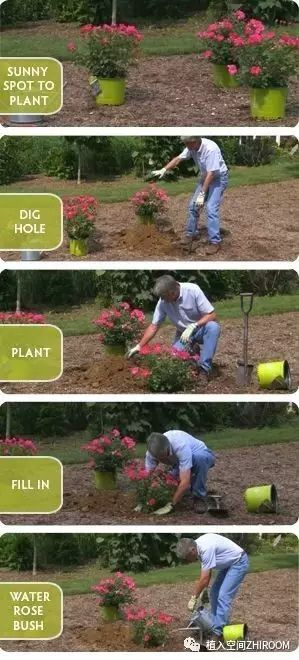Gardening Tips | 3 Key Points for Transplanting Roses
If you missed transplanting your roses last fall, don't miss out on spring, or your garden will miss out on a whole year of blooms.
Below I will share some transplanting tips for those who are transplanting roses in spring.

soil
When growing roses, soil selection is crucial. Ideally, soil should be rich in humus, retain water well, and be loose and breathable. Excessively sticky or compacted soil is unsuitable for growing roses. For potted roses, purchase specialized rose soil. For roses planted in the ground, it's recommended to till the soil and then add a generous amount of leaf mold, base fertilizer, and granular material (vermiculite, perlite).
It is recommended not to use soil or land that has been used to grow roses again, as this can easily lead to the emergence of pests and diseases. If you must plant roses, you need to mix mycorrhizal fungi into the soil before planting.

Lighting and ventilation
Roses need to be placed in an area with ample sunlight and good ventilation. However, be careful to keep newly transplanted roses out of the wind, as this can easily damage or kill them. Insufficient sunlight and poor ventilation can slow growth, increase the risk of pests and diseases, and hinder flowering. Potted roses are best grown on an open balcony. Enclosed balconies must ensure adequate ventilation and sunlight, otherwise even the gods cannot save your roses from pests and diseases.

Maintenance
It is advisable to water the roses to keep the soil moist but without water accumulation. For roses planted in the ground, attention should be paid to drainage during the rainy season in summer, and water should not accumulate for a long time.
The maintenance of roses mainly relies on plenty of water and fertilizer. There must be sufficient nitrogen fertilizer supply in spring. After each flowering, the remaining flowers need to be cut off in time and phosphorus and potassium fertilizers need to be applied.

So what should you do with the rose seedlings you bought ?
Ground Planting:

Dig a hole 10-15cm larger in diameter than the rose pot and about 5cm deep. Break up the excavated soil, mix it with base fertilizer (organic fertilizer such as chicken manure, sheep manure, etc.), humus soil, etc., and spread a layer on the bottom of the hole.
Gently separate the rose from the flowerpot, taking care not to damage the roots. After the rose seedling is placed in the pit, pay attention to the correct position of the plant. When the soil is about half filled, press it down slightly. The original soil ball must be lower than the ground. After filling the soil, press it down firmly.
Sprinkle a layer of well-rotted organic matter or compost on the soil surface about 10 cm away from the stems. This will help reduce the growth of weeds and improve the soil environment. In spring, another layer of well-rotted organic matter or compost should be sprinkled;
Water the transplanted rose seedlings and the surrounding soil thoroughly. Water again in the evening of the second day. Water three times on the fifth day. If there is rain during this time, reduce watering appropriately. This is crucial to ensure the roses can quickly recover their roots and resume growth. If the soil collapses or the plant tilts after watering, immediately straighten it and add soil.
Potted Plants:
According to the size of the soil ball of the rose seedlings, choose a flower pot that is twice as large as the ball, spread some ceramsite or gravel on the bottom, and then mix the rose soil with base fertilizer or slow-release fertilizer and spread a layer on the bottom of the pot;
Gently separate the rose from the pot, taking care not to damage the roots. After placing the rose seedling in the pot, pay attention to the plant's position and height, not too shallow or too deep. When the soil is about half filled, press it down slightly. The original soil must be lower than the edge of the pot. Fill it with soil and compact it.
After filling the soil, water thoroughly. Water again in the evening of the next day. Water three times on the fifth day. If there is rain during this time, reduce watering appropriately. If the soil collapses or the plant tilts after watering, straighten it and add soil immediately.

After transplanting, pay attention to proper shade and avoid direct sunlight. After the seedlings have successfully grown for about 7-10 days, gradually increase the sunlight.
Note that the roots of newly transplanted roses need to recover. Do not apply any fertilizer at this time. Only after new branches and leaves grow out can you add fertilizer little by little. Remember to "apply fertilizer in small amounts frequently."
